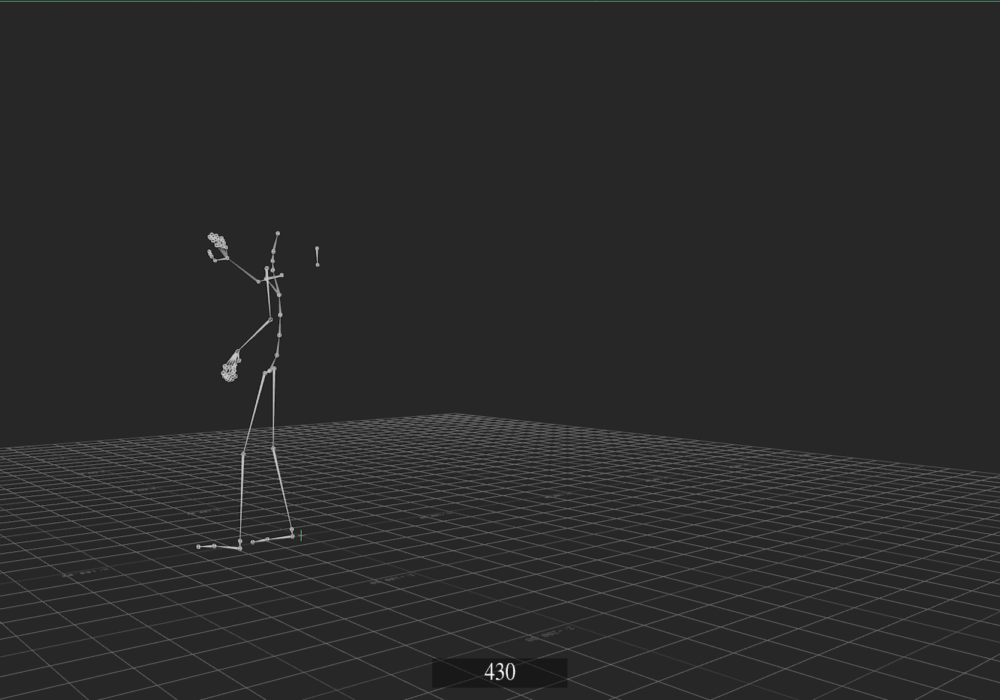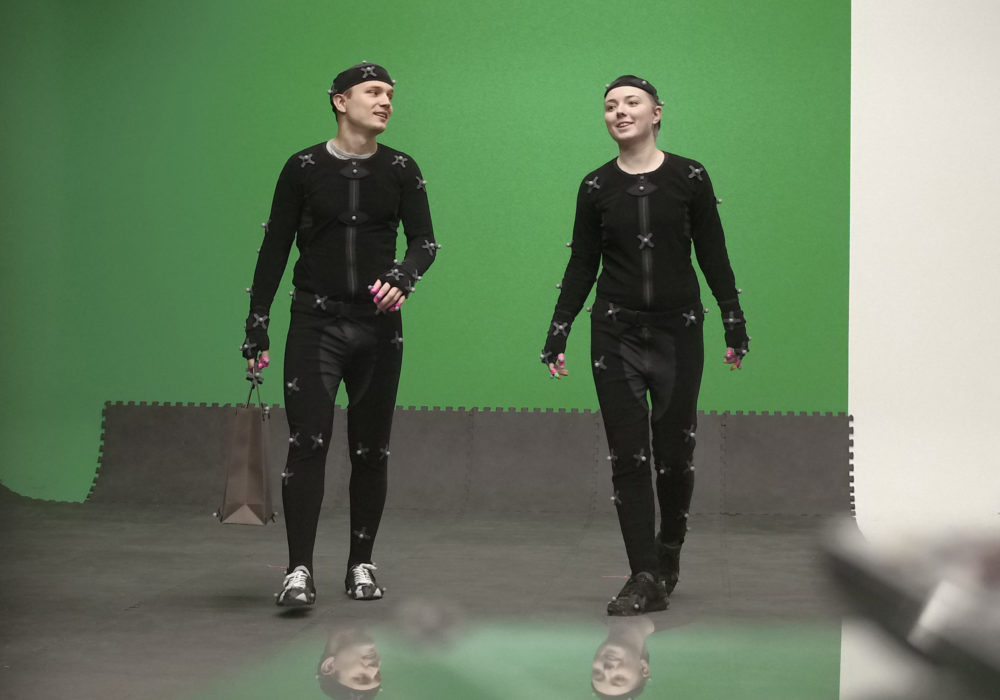By: Manish Shrestha
I joined the Neoscape team in 2017, as a Digital Artist with a background in 3D Animation. Being passionate about creating photo realistic renderings and animations, and having always been intrigued by architecture and its ability to tell stories, I am grateful to work at a company that continues to lead the industry in architectural visualization. Over the past four years, I have applied my background in character animation to create computer generated people using Neoscape’s motion capture system.
Our motion capture (mocap) system tracks a person’s movements and translates their motion into a 3D character. An actor wears a special velcro suit, onto which we place 56 retroreflector markers at specific locations. The camera emits infrared lights that bounce off of the markers and back to the camera. Using multiple cameras, we can triangulate the position of the marker in 3D space, much the same way a GPS system locates your position. The cameras then track the markers throughout the actor’s performance, and the data is applied to the 3D character.
In the world of visualization, we have always had to grapple with the cost and effectiveness of using 3D characters. Then, in 2016, Neoscape saw an opportunity to improve the performance of 3D people using mocap. A team of Neoscapers travelled to Mexico City, Mexico to visit the Mexican offices of Vicon, the leading developer in motion capture products. We worked with them to test and research their technology and, after seeing mocap’s potential in visualization, we wanted to bring that capability back to Neoscape. We asked Vicon to help us set up the motion capture system in our studio and walk us through the process.
Since putting the system in place, we have implemented mocap in various films. We have created people playing soccer, playing in a band, and practicing various track and field sports like long jump, sprinting, and shot put. Since the motion is applied on a 3D character, it offers all of the flexibility the 3D workflow provides, giving us the freedom to change the camera angle, modify the performance or outfit of the character, and create digital doubles for shots from vantage points that could not be captured otherwise. Mocap technology has given us the ability to create specific actions rather than being constrained by other online animation libraries.
Mocap has allowed 3D people to not only exist in a scene, but to interact with their environment. This gives us the ability to tell both the story of the architecture, and the story of the people moving throughout the space.
We continue to explore different avenues we can take with mocap, such as improving prop interaction with our characters,camera tracking for a more realistic camera movement, and, in the future, even 3D scanning people and adding them directly to our films. We know we have only just scratched the surface of how we can keep pushing boundaries with this technology!





















Recent Comments